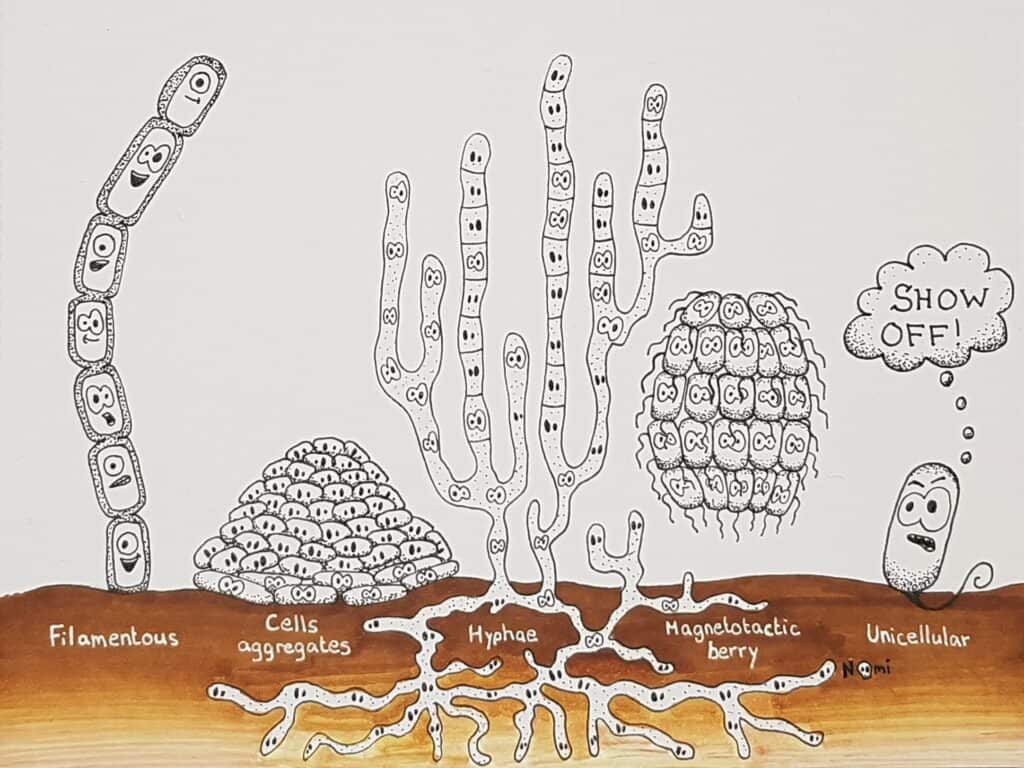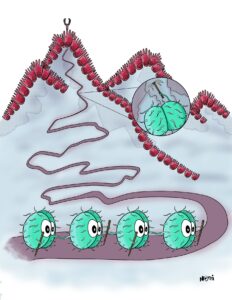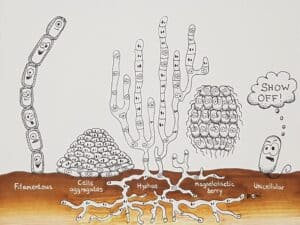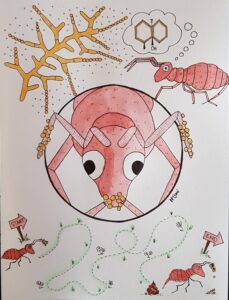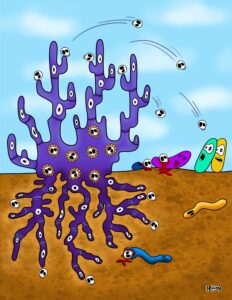
Bacteria use antibiotics to kill their foes and protect others
We use antibiotics to kill bacteria and fungi. Yet, antibiotics are produced by these microbes to ensure their own survival in the environment. But not only microbes that produce antibiotics benefit from them, but often even other organisms. Read on to find out how antibiotics can help many players.

